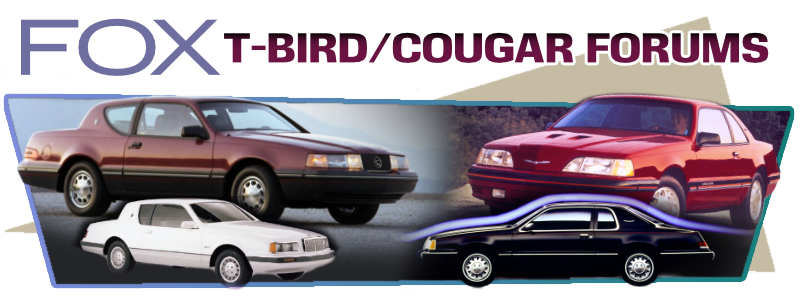Idle Surge - 1984 5.0 Thunderbird, CFI, EEC-III, Duraspark III

Reply #42 –
My car hunts for a good idle RPM for awhile. After driving it usually evens out. The problem I have is when I give it any throttle it will bog, spit and sputter at random intervals. It is never the same. Sometimes low RPM, the next time high RPM and in any gear. I've turned down the fuel pressure alittle(I think) using the Gold FPR on the intake. The car will start without giving it any throttle, and will using run by itself. Before I turned that allen head screw it would never start on its own, and would run rough and overfuel extremely bad. Now it's just the very bad bog issue under any type of throttle. My throttle response is poor on the car too. I suspect part of it is due to the C4 transmission which has a rebuilt valve body and whines pretty bad.
 Topic: Idle Surge - 1984 5.0 Thunderbird, CFI, EEC-III, Duraspark III (Read 32892 times)
previous topic - next topic
Topic: Idle Surge - 1984 5.0 Thunderbird, CFI, EEC-III, Duraspark III (Read 32892 times)
previous topic - next topic

 Topic: Idle Surge - 1984 5.0 Thunderbird, CFI, EEC-III, Duraspark III (Read 32892 times)
previous topic - next topic
Topic: Idle Surge - 1984 5.0 Thunderbird, CFI, EEC-III, Duraspark III (Read 32892 times)
previous topic - next topic